Looking to take your mechanical engineering knowledge to the next level? Look no further than the ‘Mechanical Engineering Objective Type Book’ by RK Bansal.
This pdf book is a valuable resource for students and professionals alike, packed with multiple-choice questions and answers, as well as a concise theory section.
Mechanical Engineering Objective Type – RK Bansal PDF
For Gate Test, U.P.S.C. Engineering Services Examinations (I.E.S.), I.A.S. Exams, (Engg. Group), Objective Type Tests of Public Undertaking and Private Limited Companies, Interviews, Degree Examinations, Quick Review of the Subject and other Companies Tests
Mechanical Engineering (O.T) – R.K. Bansal
With MCQs including Explanations
Whether you’re preparing for exams or simply want to improve your understanding of mechanical engineering concepts, this book has got you covered. Authored by RK Bansal, a renowned expert in the field, this book provides comprehensive coverage of the subject matter, ensuring that you have everything you need to succeed.
Download the pdf version now and enhance your engineering skills to new heights.
Book Details:-
Book Name: Mechanical Engineering (Objective Type) Author/Publisher: R.K. Bansal / Laxmi Publications Language: English Edition: 7th Edition No of Pages: 1142 Pages File Type: PDF (Downloadable) PDF Size: 15.6 MB
Inside the Book:
I: FLUID MECHANICS & HYDRAULIC MACHINES
1.1. Definitions and Fluid Properties
1.2. Pressure and Its Measurement
1.3. Hydrostatic Forces on Plane Surfaces
1.4. Buoyancy and Floatation
1.7. Orifice and Mouthpiece
1.12. Dimensional and Model Analysis
1.14. Drag and Lift Forces
1.20. Miscellaneous Hydraulic Devices
II: ENGINEERING MECHANICS
2.2. Equations of Motions
2.9. Centre of Gravity (C.G.)
2.10. Moment of Inertia (M.O.I.)
2.11. Simple Harmonic Motion (S.H.M.)
2.12. Belts and Ropes Drives
2.13. Work, Power and Energy
3.2. Zeroth’s Law of Thermodynamics
3.3. First Law of Thermodynamics
3.4. Second Law of Thermodynamics
3.6. Non-flow Processes or Closed System
3.9. Mean Effective Pressure
3.10. Efficiencies of the Engines
3.17. Fuel and Combustion
3.18. Combustion Equations
IV: INTERNAL COMBUSTION ENGINES & NUCLEAR POWER PLANTS
4.2. Classification of I.C. Engines
4.6. Two-stroke or Four-stroke Cycle Engine
4.7. Carburettor and Carburetion
4.10. Governing of I.C. Engines
4.11. Important Terms Used in I.C. Engines
4.12. Performance Test on I.C. Engine
V: STEAM BOILERS, ENGINES, NOZZLES & TURBINES
5.2. Classification of Boilers
5.3. Comparison of Water-tube and Fire-tube Boilers
5.4. Boiler Mountings and Accessories
5.5. Terms Used in Boilers
5.6. Efficiency of a Boiler
5.7. Heat Losses in a Boiler
5.13. Saturation Curve and Missing Quantity
5.14. Governing of Simple Steam Engine
5.15. Compound Steam Engine
5.17. Classification of Steam Turbines
VI: COMPRESSORS, GAS TURBINES & JET ENGINES
6.2. Classification of Compressors
6.3. Work Done in Single Stage Reciprocating Air Compressor Neglecting Clearance Volume
6.4. Efficiencies of a Compressor
6.5. Work Done in Single Stage Compressor with Clearance Volume
6.6. Multi-stage Compressor
6.8. Centrifugal Compressors
6.9. Axial Flow Compressor
6.11. Work Done by the Impeller
6.12. Efficiency of a Rotary Compressor
6.16. Compressor Efficiency (ηc)
6.17. Jet Propulsion and Rocket Propulsion
VII: HEAT TRANSFER, REFRIGERATION & AIR CONDITIONING
7.2. Fourier’s Law of Heat Conduction
7.3. Newton’s Law of Cooling
7.4. Heat Transfer from a Hot Fluid to a Cold Fluid Through a Wall
7.5. Radiation Falling on a Body
7.7. Properties of a Refrigerant
7.8. Vapour Absorption Cycle
7.9. Air Conditioning
VIII: STRENGTH OF MATERIALS
8.4. Extension of a Uniform Rod or Uniformly Tapering Rod
8.5. Stress and Extension of a Uniform Rod or Conical Rod Due to Its Own Weight
8.6. Bars of Composite Sections
8.8. Poisson’s Ratio and Lateral Strain
8.10. Stresses on an Inclined Section of a Bar Carrying Axial Load
8.11. Mohr’s Circle of Stresses
8.12. Principal Stresses on a Point on a Shaft Subjected to Bending and Torsion
8.13. Strain Energy Stored in a Strained Material
8.14. Shear Force Diagram and Bending Moment Diagram
8.15. Deflection and Slope
8.18. Direct and Bending Stresses
8.19. Thin Cylinders and Spheres
8.20. Thick Cylinders and Spheres
8.22. Stress-Strain Curve for a Mild Steel Bar
9.4. Mechanism and Inversion
9.5. Kinematic Chains with Four Lower Pairs
9.6. Motion in a Curved Path
9.7. Velocity of a Point in a Mechanism
9.9. Instantaneous Centre
9.10. Simple Harmonic Motion
9.11. Equivalent Dynamical System
9.13. Definition of the Terms Used in Gears
9.15. Velocity of Sliding
9.19. Square Threaded Screw
9.23. Vibrations
10.2. Interchangeability and Limit System
10.3. Power Screws and Threads
10.4. Stresses in Screwed Fastening Due to Static Loading
10.6. Various Theories of Failure
10.8. Stress Concentration Factor
10.11. Keys and Couplings
10.12. Design of Cotter Joint and Knuckle Joint
10.13. Belts, Ropes and Chain Drives
10.16. Friction Clutches
XI: ENGINEERING MATERIALS
11.3. Non-ferrous Materials
11.4. Allotropic Forms of Iron
11.5. Iron-Carbon Equilibrium Diagram
11.6. Engineering Material Properties
11.7. Heat Treatment Process
11.11. Imperfections in Metal Crystals
11.12. Diffusion in Solids
11.14. Thermal Properties of Materials
11.15. Electrical Properties of Solids
11.17. Band Theory of Solids
11.18. Magnetic Properties of Solids
11.19. Diamagnetic Materials
XII: PRODUCTION ENGINEERING
12.3. Centrifugal Casting
12.8. Welding
XIII: INDUSTRIAL ENGINEERING & PRODUCTION MANAGEMENT
13.1. Function of Management
13.3. Internal Organisation
13.5. Elementary Economics (Demand, Supply and Prices: Elasticity)
13.7. Production and Consumption
13.8. Investment Decisions
13.9. Break-even Analysis
13.11. Materials Handling
13.14. Maintenance and Replacement Decisions
13.15. Linear Programming
13.16. Project Management (CPM and PERT)
XIV: GENERAL ENGINEERING & GENERAL APTITUDE
14.2. Sequence and Series
14.6. Functions of a Complex Variable
14.7. Introduction to Electrical Technology
14.9. Definitions in Network Analysis
14.10. The Network Theorems
14.11. Bohr’s Model of Atom
14.12. Dual Nature of Matter
14.13. Heisenberg’s Uncertainty Principle
14.15. Dalton’s Law of Partial Pressure
14.16. Kinetic Molecular Theory of Gases
14.17. Translational, Vibrational and Rotational Energies
XV: TYPICAL OBJECTIVE TYPE TEST PAPERS
Key Features of this Book:
There are approximately 400 questions for each subject. The collection includes 15 different subjects. The quality of the questions is high.
Great in both objective and subjective terms, superior to R.S Khurmi. Some writing errors like fraction lines, but they’re easily guessable.
Useful Books for Competitive Exams Best Books for Competitive Exams [PDF] Disclaimer: Pavithran.Net Contact Us
We Need Your Support. Please Share the Link if it is helpful to your Cherished circle
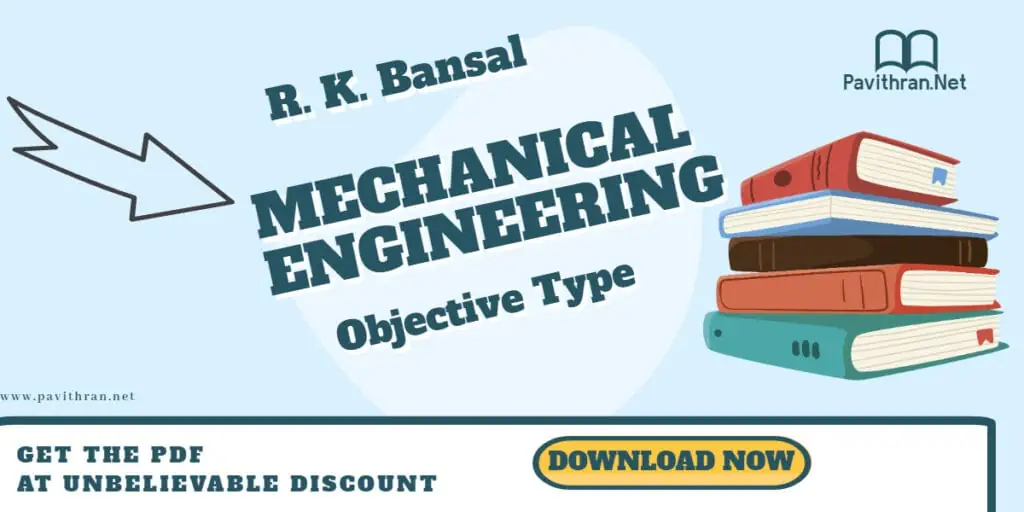
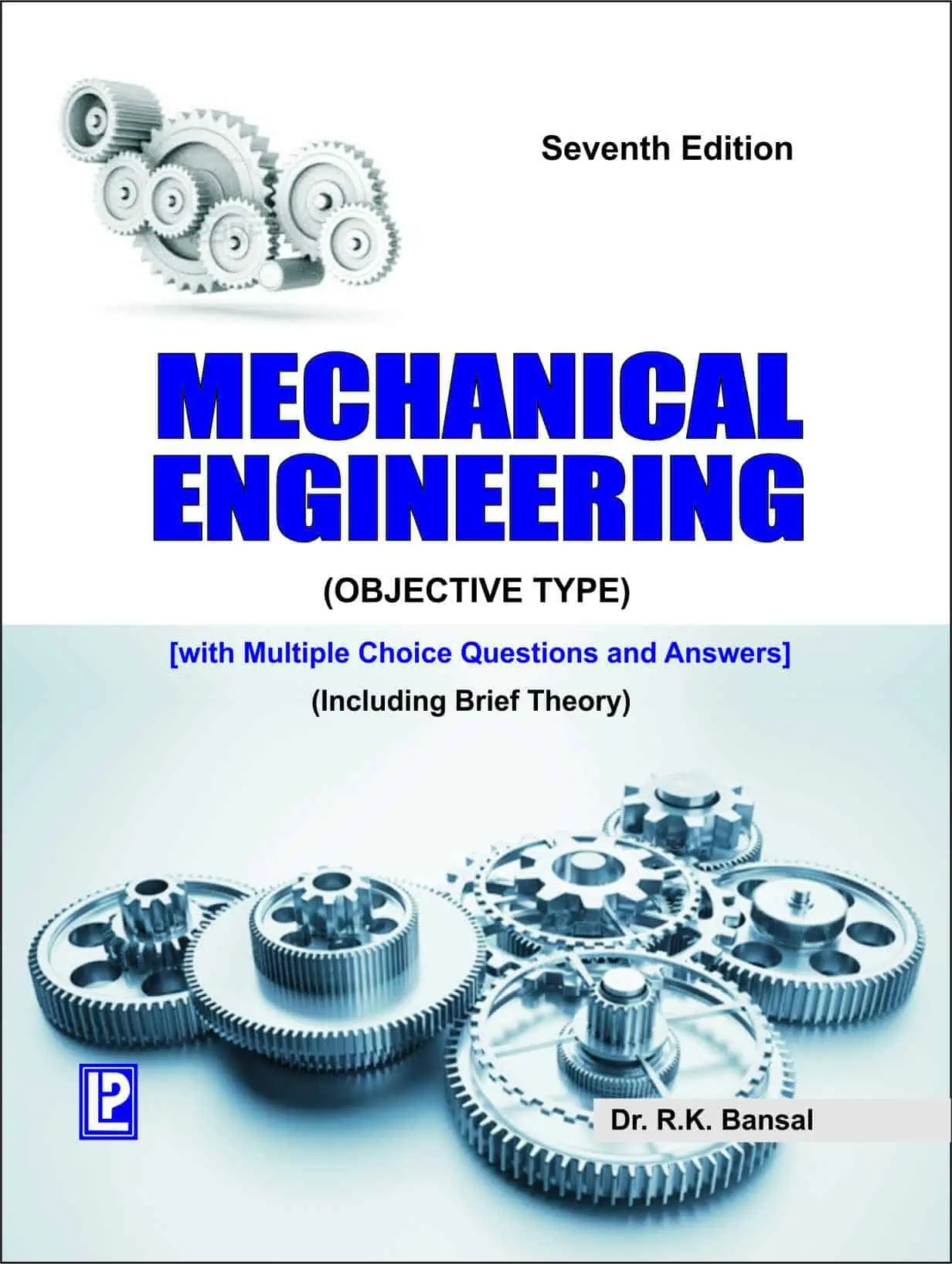

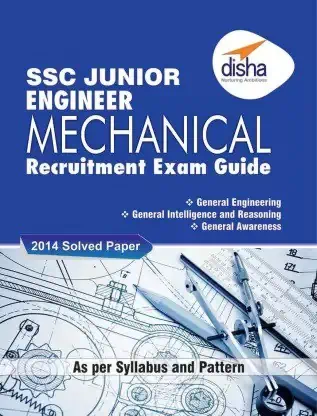
![Rajasthan Civil Engineering Solved Papers - 52 Sets [English Medium]](https://www.pavithran.net/wp-content/uploads/2025/01/Rajasthan-Civil-Engineering-Solved-Papers-52-Sets-English-Medium-768x1056.webp)
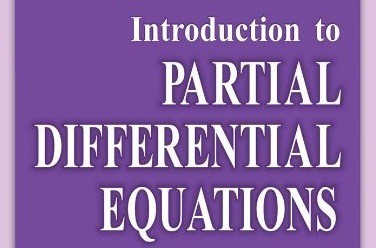
![Electronics Engineering ON Pandey [2nd Edition] PDF](https://www.pavithran.net/wp-content/uploads/2024/03/Electronics-Engineering-ON-Pandey-PDF-768x1220.webp)
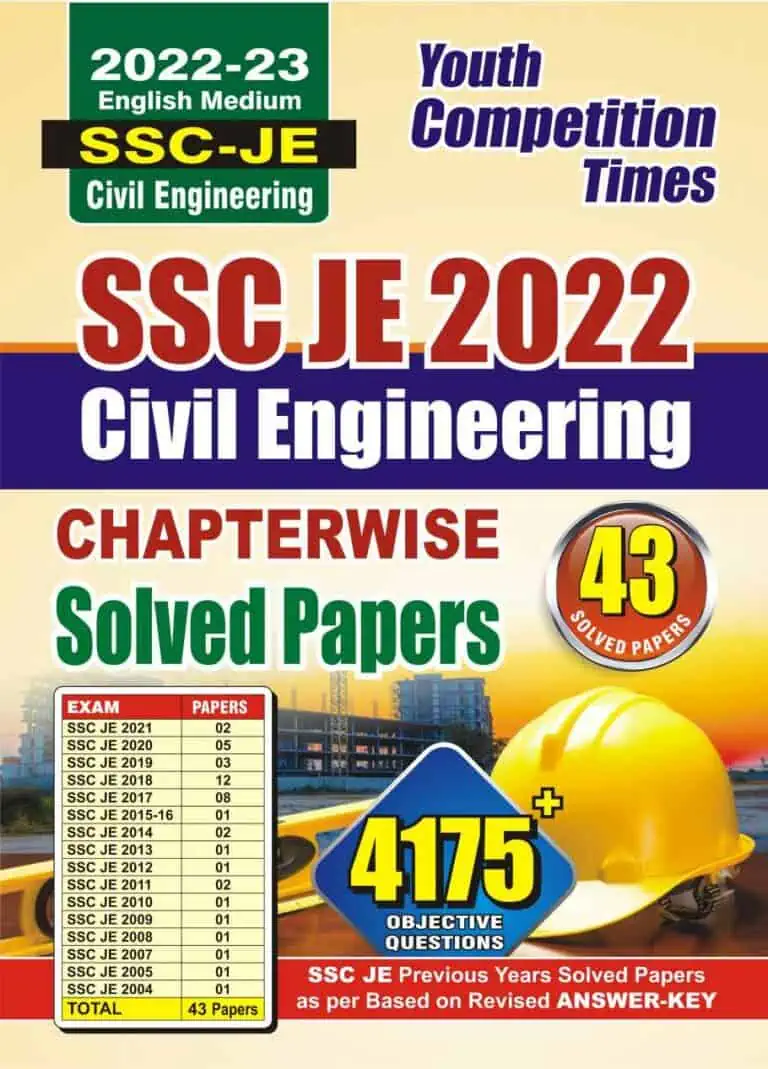
![GATE 2020 Civil Engineering Guide by Prem Mohan - Disha Experts [7th Edition]](https://www.pavithran.net/wp-content/uploads/2024/11/GATE-2020-Civil-Engineering-Guide-by-Prem-Mohan-Disha-Experts-7th-Edition-768x993.webp)
![Complete Guide for RRB Group D Level 1 Exam [4th Edition -2024] - Disha Experts](https://www.pavithran.net/wp-content/uploads/2025/03/Complete-Guide-for-RRB-Group-D-Level-1-Exam-4th-Edition-2024-Disha-Experts-785x1024.webp)